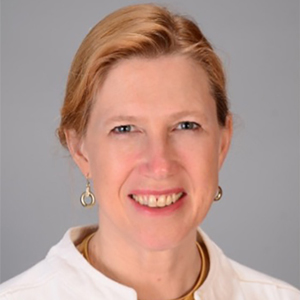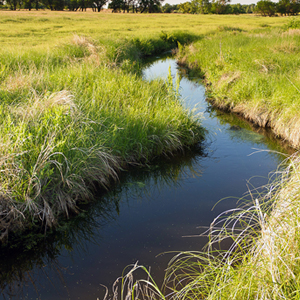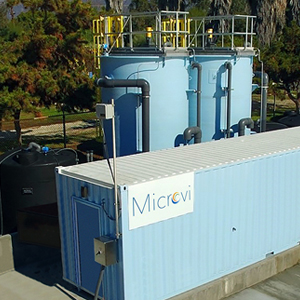On May 3, NIEHS published “Drinking Water Contaminants of Emerging Concern for National Emerging Contaminant Research Initiative,” a Request for Information (RFI) on behalf of the White House Office of Science and Technology Policy (OSTP).
Responses to the RFI will help shape the initiative, which seeks to protect the quality of U.S. drinking water by coordinating federal research.
For purposes of this announcement, drinking water contaminants of emerging concern (DW CECs) include materials that may harm human health or the environment, and for which there is no national primary drinking water regulation. Such materials may be physical, chemical, biological, radiological, or nuclear substances. They include manufactured or naturally occurring materials, as well as those that are newly identified.
 NIEHS wants your input on research priorities for identifying, analyzing, monitoring, and mitigating drinking water contaminants of emerging concern. (Photo courtesy of Wake up / Shutterstock.com)
NIEHS wants your input on research priorities for identifying, analyzing, monitoring, and mitigating drinking water contaminants of emerging concern. (Photo courtesy of Wake up / Shutterstock.com)Specific topics
NIEHS and the U.S. Environmental Protection Agency co-lead an interagency working group to assist OSTP in developing this national research effort. The project was requested by Congress in the National Defense Authorization Act for fiscal year 2020.
For the topics listed below, NIEHS seeks input from industry, academia, organizations, and the general public; state and local governments; and other institutions with scientific and material interest in DW CECs.
- Barriers that hinder you or your organization’s research capabilities and success.
- Potential opportunities to:
- Improve coordination and partnership among public and private entities participating in research.
- Prevent duplication of effort.
- Outreach efforts most useful to communicate research results for affected federal, state, local, and tribal communities.
- Metrics or indicators to determine the success of your research or related efforts, adopted by you or your organization.
- Metrics or indicators that would help to measure the success of a national research initiative.
- As an affected community member, your most significant concerns and recommendations.
Four research areas
Information also is requested from individuals and institutions who are involved in these research areas, key to identifying, analyzing, monitoring, and reducing the impact of DW CECs.
- Exposure — Includes contaminant identification and monitoring from source-to-tap and informs downstream efforts to understand the biological effects of DW CEC exposures, to characterize their risk, and to develop mitigation tools.
- Human health and environmental effects — Identifying and characterizing adverse effects, including factors that influence susceptibility to disease or dysfunction.
- Risk characterization to inform mitigation — Synthesizing information and communicating uncertainty about exposure, biological effects, and other relevant considerations to inform risk reduction. Treatments, technological development and application, and other interventions may be considered. Sustainable chemistry efforts may also fall into risk mitigation actions.
- Risk communication — Providing information to relevant groups about risks to human health and actions to address those risks. Relevant groups include those affected by exposures, the general public, decision-makers, scientists, industry, and other technical experts.
You are encouraged to respond to the RFI by June 2, 2021. Email comments to NIEHSCEC@nih.gov.









